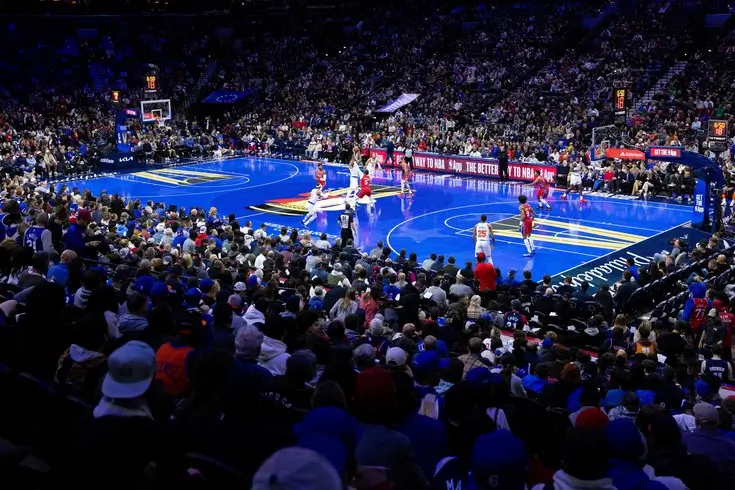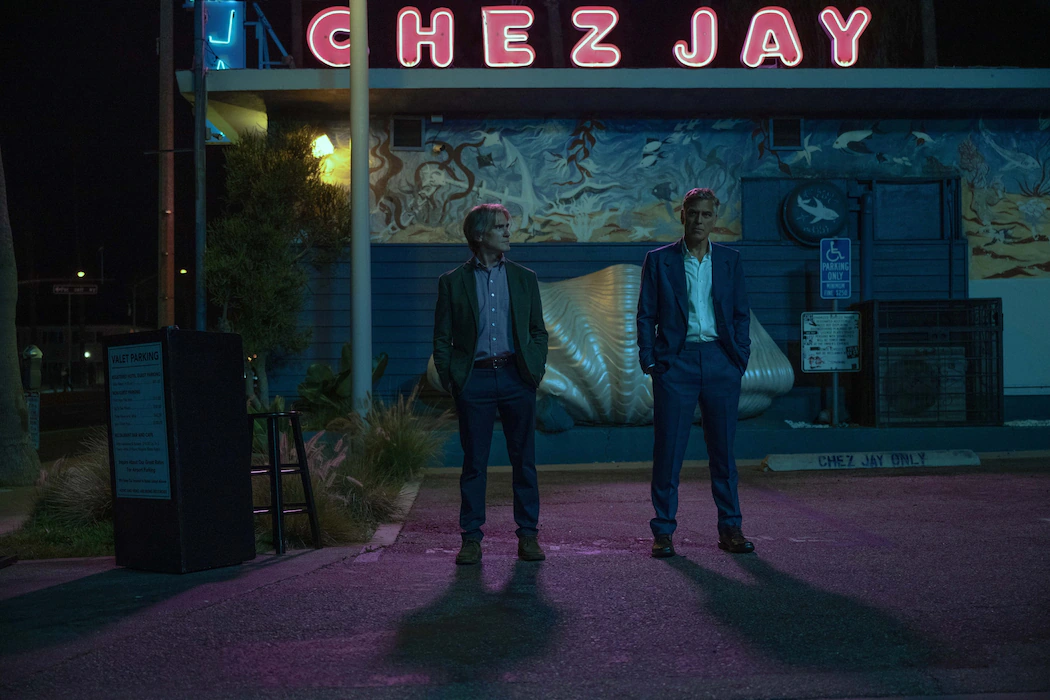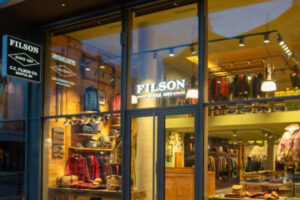Jeff Bartels, a celebrated artist known for his intricate depictions of urban decay, has once again captivated the art world with his latest project, “Urban Glitch”. This series transports viewers into a dreamlike world where the past and present collide, showcasing forgotten and decaying urban spaces while infusing them with a futuristic glitch aesthetic. Through this fusion of vintage architecture and modern digital distortions, Bartels challenges our perceptions of time, reality, and the relentless transformation of cities.
A Journey Through Time and Space
At the heart of “Urban Glitch” is Bartels’s masterful ability to weave together two seemingly opposing concepts: nostalgia and technological distortion. His works are set in urban landscapes that, at first glance, evoke a deep sense of history and abandonment—grand theaters left to rot, once-bustling train stations now deserted, and cobblestone streets overtaken by nature. Yet, the presence of digital glitches—a pixelated sky, fragmented neon signs, and warped light reflections—imbues these spaces with a distinctly modern and otherworldly atmosphere.
Bartels’s artistic vision can be seen as a response to our fast-paced world, where technology constantly redefines how we interact with and remember the spaces around us. His blending of architectural history with digital surrealism creates a haunting commentary on how urban environments, and the memories attached to them, are increasingly shaped by the rapid advances of the digital age.
The artist’s use of glitches serves not only as a visual motif but also as a metaphor for the imperfect preservation of history. As cities evolve, so too do the stories of the people who lived within them, often fragmented or forgotten entirely. The glitch, in this sense, represents a break in the continuum of time—a reminder that the past is never as clear or whole as we might like it to be. Bartels’s works invite viewers to step into these glitches, to explore what happens when the fabric of time and space is disrupted, revealing hidden layers of history beneath the surface.
Nostalgia Meets the Digital Age
One of the most striking aspects of Bartels’s “Urban Glitch” series is its ability to evoke nostalgia while simultaneously pushing the boundaries of contemporary art. His focus on vintage architecture—ranging from grand European-style buildings to American industrial relics—creates a longing for a bygone era. Many of these buildings, once symbols of progress and prosperity, are now crumbling relics of the past. In Bartels’s work, they are depicted in a state of arrested decay, forever stuck between their former glory and the present.
Yet, the introduction of digital elements prevents the viewer from fully indulging in nostalgia. The glitches force us to confront the reality that these spaces no longer exist in their original form, and may never be restored. Bartels’s work suggests that even our memories of these places are incomplete, shaped as much by modern reinterpretation as by the actual history they represent. The digital distortions serve as a visual reminder of the impermanence of memory, challenging the viewer to question their relationship to the past.
In works like “Pixelated Facade,” Bartels transforms a dilapidated 1920s cinema into a hybrid of old-world charm and futuristic abstraction. The building’s art deco details are meticulously rendered, but across its facade are streaks of pixelation, as if the structure itself is being digitally erased from existence. The sky above is filled with distorted, glitching clouds, blurring the boundary between the real and the virtual. The piece encapsulates the tension between nostalgia for these grand, old spaces and the reality of their inevitable disappearance, accelerated by the passage of time and technological change.
Urban Decay and Rebirth
Urban decay has always been a central theme in Bartels’s work, and in “Urban Glitch”, he continues to explore the beauty and sadness of cities in decline. Yet, there is a sense of rebirth in these works as well. The glitches, while disruptive, also breathe new life into the decaying structures, offering a glimpse of how these spaces might be reimagined in a future shaped by technology.
In “Neon Ruins,” for instance, a crumbling industrial warehouse is bathed in the glow of glitching neon lights. The once-functional factory equipment is rusted and broken, but the glitches suggest a new kind of activity taking place—perhaps one fueled by the virtual or augmented reality worlds of the future. The digital distortions in the piece challenge the viewer to reconsider the notion of decay, suggesting that even in destruction, there is the potential for renewal. Bartels invites us to imagine what role these forgotten spaces might play in a future where the line between the physical and the digital is increasingly blurred.
This theme of decay and rebirth is central to *Urban Glitch*. While the series undeniably mourns the loss of the past, it also suggests that urban spaces are never truly lost. They may change, decay, and be forgotten, but they also exist as layers in the fabric of the city, waiting to be rediscovered, reinterpreted, and reintegrated into the urban landscape of the future.
A Glimpse into a Dystopian Future
There is an unmistakable dystopian undertone to Bartels’s “Urban Glitch” series. The glitches, though visually intriguing, often evoke feelings of unease. They suggest a world where technology has begun to overtake reality, where even the most solid of structures can be fragmented and dissolved. Bartels’s work raises questions about the role of technology in shaping the future of cities. Will we continue to preserve the architectural and cultural heritage of the past, or will these spaces become relics in a digital future where their physical presence is no longer needed?
In “Glitch in the Skyline,” Bartels portrays a city skyline fractured by digital interference. Iconic buildings warp and dissolve into pixelated patterns, while the horizon flickers between the real and the unreal. The piece suggests a world where the boundaries between the digital and the physical are no longer clear—a world where cities exist not just as physical spaces, but as digital constructs that can be manipulated, altered, and even erased. It’s a powerful commentary on the future of urban life in an increasingly digital age, and a warning about the dangers of losing touch with the tangible history of cities.
A Masterful Fusion of Past and Future
With “Urban Glitch”, Jeff Bartels has once again demonstrated his ability to blend the old and the new in ways that are both visually stunning and intellectually provocative. His intricate depictions of urban decay, combined with the disruptive presence of digital glitches, create a powerful commentary on the relationship between history, memory, and technology.
Bartels’s work forces us to confront the realities of urban change while inviting us to imagine new possibilities for the future. In his hands, decaying buildings are not just relics of the past, but portals to a future where the boundaries of time, space, and reality are constantly shifting. Through “Urban Glitch”, Bartels reminds us that cities, like memories, are never static—they are always in flux, shaped as much by the past as by the digital future that awaits.
No comments yet.








